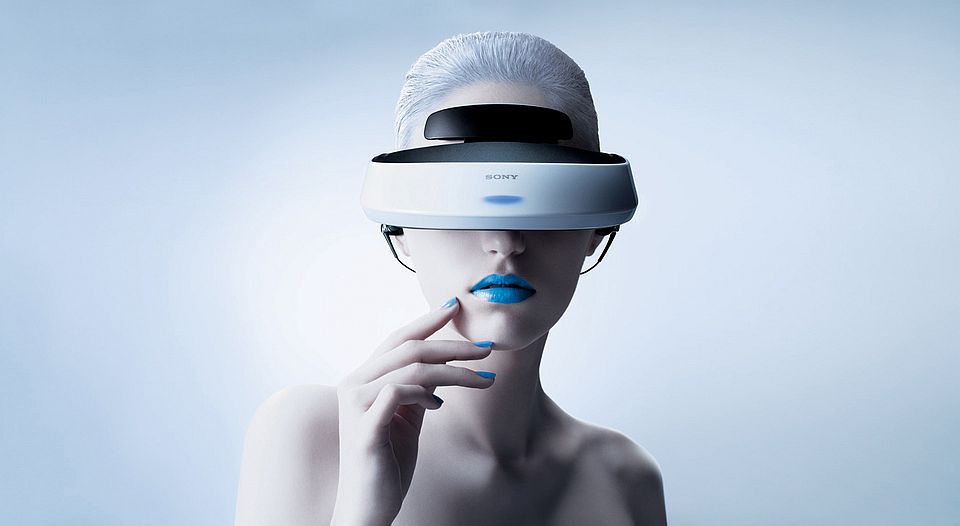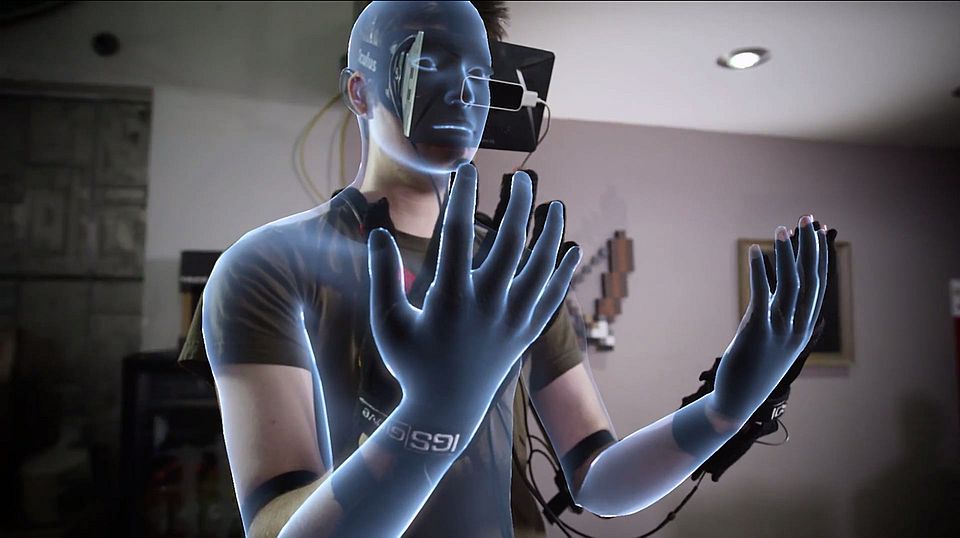The Electronic Entertainment Expo (E3) is nearly upon us, and it’s already clear that one of the top stories of the show will be something that’s not really expected to really rev up until next year, and something that’s not really being talked about by most of the major game publishers. The siren song of this new technology is so loud, though, that it’s managing to be heard even with all of the noise being made over the huge holiday game releases. Consumers and industry alike want to know what answers to this question can be found at E3: What’s happening with Virtual Reality (VR) and Augmented Reality (AR)
Why, in fact, is there so much anticipation over a technology that is still months away from almost any market presence, and nearly a year away from when major players enter the market — and likely years away from being a significant market, if it ever gets there Part of it is due to the nature of the companies declaring entry into the market, and the size of their investments: Oculus VR (bankrolled by Facebook with a $2 billion purchase), Sony’s Project Morpheus (unknown investment, but it’s Sony), Valve and HTC (investment level unknown, but the tech appears competitive with Oculus), and Magic Leap (with $542 million in funding from Google and others).
Then there are the projections by industry analysts, like Digi-Capital’s Tim Merel foreseeing that AR/VR could eclipse the size of the mobile market in a few years. Anyone who missed out on the mobile boom, and some of those who profited from it, defiitely pay attention when you start talking about numbers in the hundreds of billions.
Then there’s the constant desire for what’s new, innovative, and different — the entire tech seems to run on that energy sometimes. Images from popular culture drive the desire for VR and AR, when you read a book like Ready Player One or watch holograms in a Star Wars movie it’s natural to think how much fun that could be if you could experience that at home.
Still, there are plenty of barriers ahead, as the release of the minimum and recommended specs for the Oculus Rift showed. Oculus CEO Brendan Iribe caused a bit of a stir last week when he admitted that buying a new PC capable of driving an Oculus Rift headset along with it would run you at least $1500, which puts it well out of the range of a casual purchase for the mass market. We don’t really know what Sony’s Project Morpheus headset will cost, nor do we have any idea what HTC/Valve will charge for the Vive. We do know a Samsung Gear VR, a headset that uses a Samsung smartphone as its core, still runs over $200 not counting the cost of the smartphone). Don’t expect the top technology for VR or AR to be inexpensive, at least not in the beginning.

Then there’s still the issue of motion sickness, which is still something that VR developers are wrestling with. Various solutions have been put forth, and there are claims the problem has been cracked, but until we see VR equipment in the hands of millions we don’t really have a big enough statistical basis to say how important the issue may really be. It appears that it’s more of an issue with games than with movies or other typical uses for VR, but it’s still early days.
While hardware cost and potential sickness are issues, the real key to the long-term success of VR and AR is going to be the content. The relentless advance of technology will eventually drive prices down, and there are enough clever people working on the motion sickness issue that we can expect it to be reduced to a minor issue sooner or later. The important thing to focus on to gauge how successful VR and AR might be, and how soon that might happen, is the content. What can you experience with AR and VR How compelling is it, or how useful can it be
One veteran developer noted that in his mind, VR would take off when someone could use it to provide a competitive advantage in a multiplayer online game. If it helps you win, people will buy it, he told me. That’s one use case, but there are hosts of others. Many VR games are in development, but until we really see final hardware and software it’s impossible to judge how much these experiences will move people to open their wallets.
One thing to look for at E3 this year will be some of the VR (and perhaps AR) demos we might see. Do these games really offer something so different from a top PC or console title that you’d want to drop hundreds of dollars, or perhaps more than a thousand dollars, on hardware Answering that question requires you to think beyond the momentary wow factor you get when you see Microsoft’s HoloLens demo, or Magic Leap’s video, or what Oculus Rift lets you experience with EVE: Valkyrie. These are definitely cool to see, but what will it really be like when you’re using the equipment yourself in your own home Will it get old in an hour or two, or will this be something you’d play as often as you do that console or PC game you spend so many hours with
While E3 should provide a look at some of what’s coming for VR and AR, the real potential is yet to be uncovered. If you find yourself viewing a movie through an Oculus Rift and thinking “This is how I’d want to watch every movie from now on,” or you play a game demo using Project Morpheus and think “Damn, that was more fun than any other game I’ve played this year” you should start thinking that these technologies may have rapid adoption.
On the other hand, just because you don’t see something yet that looks like a killer app, you shouldn’t dismiss the potential for what AR and VR can do. When the iPhone first arrived, it was clunky and slow and was lousy at making phone calls, and there wasn’t even an App Store. But it was compelling enough in how it offered access to the Internet and some other features that people put up with the cost and the problems… and eventually that device caused a revolution in computing and communications that is still unfolding today.
Keep your eyes open for what E3 might reveal on the VR and AR revolution that’s heading our way, and be ready to give it your own personal evaluation. By early next year, the major players will begin arriving in the market, and the real consumer acid test will begin. E3 will show us some more clues as to how fast and how far this revolution might go.


